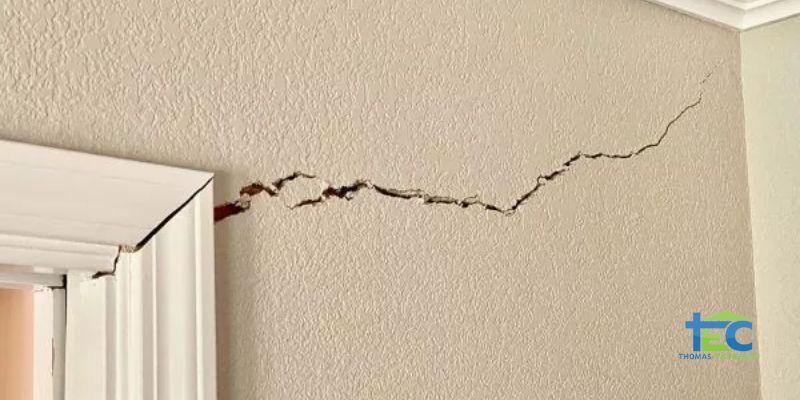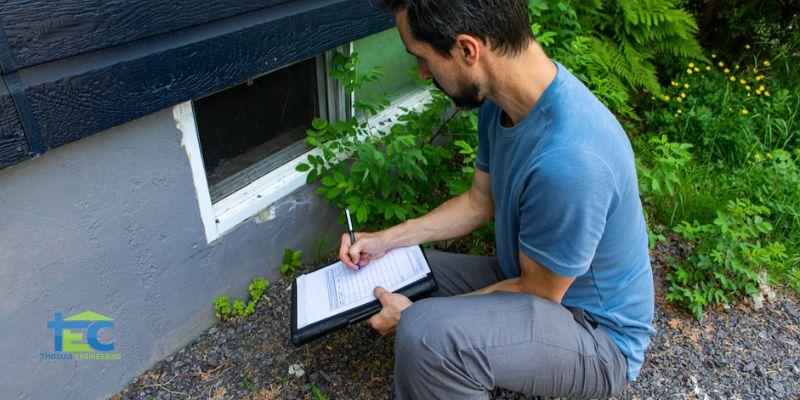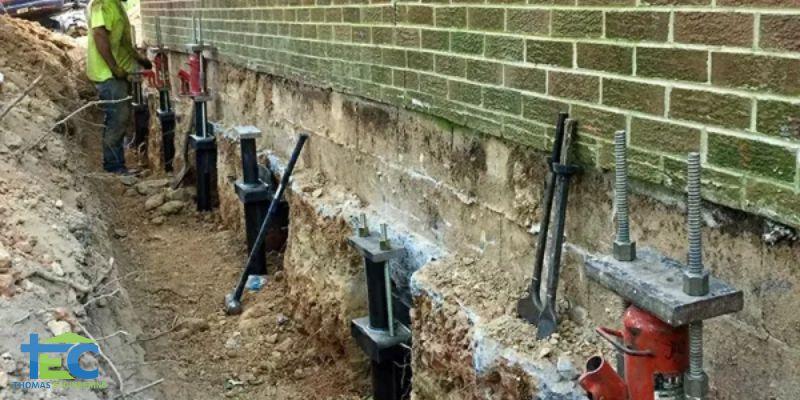
A variety of issues can afflict your home’s foundation, and fortunately, there exist multiple methods to enhance it. However, there are instances when foundation experts might present various solutions for a specific problem. As the homeowner, it falls upon you to familiarize yourself with diverse foundation repair approaches, ensuring you comprehend both their merits and drawbacks.
Foundation Repair Techniques in Dallas Fort Worth
Comprehensive Restoration Approaches
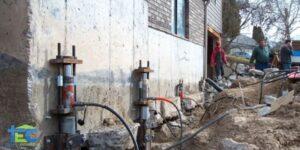
During home restoration efforts, significant emphasis is often placed on more comprehensive methods, to the extent that these are frequently the primary focus in discussions about foundation repair techniques. These approaches are devised to elevate concentrated loads and encompass strategies that circumvent unstable soil by redistributing the home’s weight to a distinct layer of ground.
Essentially, there are four predominant deep foundation repair methods that find frequent application in homes throughout the Dallas region (as well as across Texas at large).
- Bell Bottom Pier Technique:
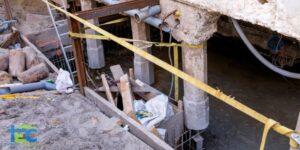
In this conventional approach, poured concrete is combined with steel rebar for reinforcement to provide support for the house. Widely regarded as secure and advantageous, this method, however, requires a waiting period of two weeks to allow the concrete to thoroughly dry for optimal performance. - Pressed Piling Approach:
This commonly employed technique involves the installation of precast concrete cylinders, utilizing the house’s weight to drive them into the ground. Unlike the first method, there’s no necessity to wait for concrete curing, resulting in a comparatively shorter overall repair duration. - Steel Piling Technique:
This approach involves the use of steel pilings as a complete replacement for concrete cylinders. By eliminating the need for concrete curing, the repair period is shortened. However, experts caution that relocating heavy objects within the house can induce foundation shifting, and the weight of the house itself might not suffice to drive the steel cylinders into the stable layer of ground. - Surface-Level Restorations:
In situations where foundation issues are less severe, it’s possible that extensive excavation isn’t necessary for repairs. When addressing non-concentrated loads such as slab floors, surface-level repairs can be undertaken, potentially resulting in lower costs compared to more in-depth restoration methods. - Slab Jacking:
When the requirement arises to elevate or bolster outdoor concrete slabs, a process known as slab jacking can be employed. This involves injecting grout beneath the concrete to fill gaps, facilitating its elevation. As the grout expands, it exerts pressure, guiding the foundation back to its rightful position. - Foam Jacking:
In contrast, foam jacking utilizes high-density polyurethane foam as a substitute for concrete.
Nevertheless, the array of drawbacks is extensive enough to warrant its own dedicated article. Due to the numerous disadvantages, attempts have been made to alter this method (including the introduction of rebar into the concrete cylinders). Nevertheless, a number of experts are of the opinion that these modifications are inadequate and could potentially give rise to fresh complications.
Enhancing Soil Stability :
Considering that the weight of the entire house is typically placed upon the soil, a logical approach is to enhance the soil’s capacity to withstand this load. This technique is known as chemical grouting, which entails injecting chemical grout into the soil beneath the foundation. This process reinforces unstable soils, rendering them more compact and robust.
We trust that this has provided you with a bit more insight into the different approaches for foundation repair. To ascertain the optimal foundation repair method for your home, we strongly advise undergoing an impartial foundation inspection conducted by a certified structural engineer.
If you want to proactively protect your home, contact Thomas Engineering Consultants at 817-576-1973 to schedule an appointment for a structural evaluation, which includes a detailed engineering report with actionable items to protect your home’s foundation.




